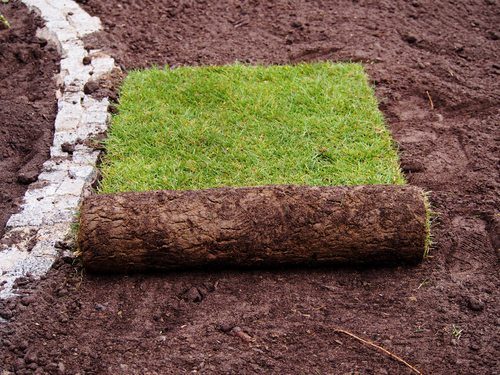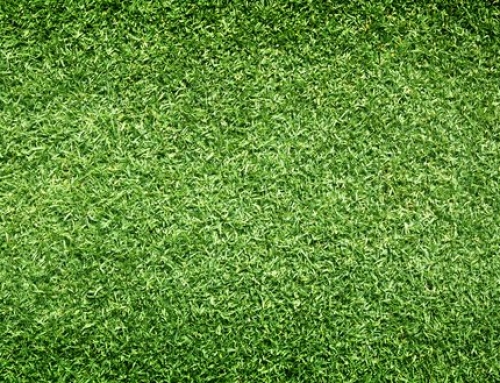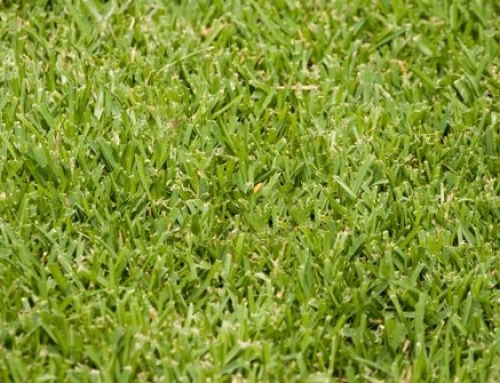As the foremost authority in sod installation and care, Nimmer Turf, located in Columbia and Mt. Pleasant, South Carolina, we work with clients who know the importance of having a beautiful, lush, green lawn. A beautiful lawn can increase the property value and sod installation is one way you can create a great looking lawn. Knowing that a well-landscaped yard will add 15% to 20% to the value of your home, clients often ask about the advantages of sod and whether it would be a good fit (no pun intended) for their property. In this article, we will discuss the advantages and disadvantages of using sod for your South Carolina lawn and how to maintain it.
What are the Advantages of Using Sod for Your South Carolina Lawn?
Sod, also referred to as turf grass, is sold in sections that are grass and soil held together by roots or other materials. Sod costs more than grass seed, but these rolls of pregrown grass offer benefits that often outweigh the added cost. The benefits of sod are apparent after the installation process.
Instant lawn. Sod turns a bare patch of ground into a grass-covered lawn as soon as it is installed. A seeded lawn requires several weeks before the grass grows and the area looks patchy as the grass first starts to grow. A seed-planted lawn is often covered with straw or similar materials to protect the seeds, leaving the yard looking unattractive. If you do not have the patience to wait for a dense lawn grown from seed, consider sod.
Watering. To encourage root growth, the area where sod will be laid should be watered, but not soaked, thoroughly on the day prior to installation.Water the sod with short waterings once in the morning and once in the afternoon, for two weeks following installation. More water will be needed during hot and dry weather to make sure roots do not become dry. Edges of individual sod pieces should come into contact with one another so the perimeters do not dry out. The frequency of irrigation can be reduced if roots are established within 10 to 14 days.
Faster use. Because the grass is already grown, a sodded yard is ready for use faster than a seeded lawn. The young grass blades that emerge from seeds are delicate and susceptible to damage. Walking on the lawn and using it for regular activities like playing or entertaining may result in trampled or dead grass. Sod has a head start in growth and the roots usually become established in two to four weeks. While light activity is still best in the first four to six weeks, sod is generally ready for use sooner than a seeded lawn.
What are the Disadvantages of Sod in South Carolina?
- High initial cost. The largest disadvantage of sodding your yard is that sod can be quite expensive, depending on the size of your yard and the variety of grass that you choose to install. This is because the grass is grown in optimal conditions by professionals before being installed in your yard.
- High labor expense. Sod is real grass that is purchased in rolls that have the appearance of a pre-grown grass “mat.” You can install sod yourself, but there is an advantage to hiring a professional as they have the correct equipment to lay the sod more evenly and reduce the look of seams. The national average cost to install sod is $1,807, including labor and materials. Restricted grass choices. Sod limits you to grass varieties sod farmers choose, so you have fewer choices matched to your unique home and lawn goals.
- Different growing conditions. Growing conditions in your yard may vary significantly from where sod was grown. Adjustments to different light levels and soil conditions can be difficult. Most sod is grown in full sun, so shady lawns can be challenging for sod.
- Short transplanting window. Fresh sod must be laid as soon as possible after harvest, ideally within 24 hours of being cut. The best time to lay sod, however, is in late summer and early fall when temperatures are cooler but grass continues to grow. Spring is the second best time to lay sod and is the preferable time for warm-season grasses such as centipede, zoysia, Bermuda, and St. Augustine that become dormant in the winter. Avoid installing sod in summer as the extra water required for establishment could result in blight and disease.
How Do I Care for New Sod in South Carolina?
The first 2 weeks. The key to establishing new sod is to keep it properly watered for the first month. Immediately after installing sod, water thoroughly making it spongy. The new sod should be kept thoroughly wet to a depth of 4″ to 6″ and watered 3 to 5 times a day during the first 7 to 14 days depending on the season. Lift a corner of the sod to determine the depth of moisture. In the first week, it is very important to keep the new sod damp.
During hot weather, sprinklers should run several times a day so the new sod cannot dry out. If allowed, the sod will shrink, brown, and can die. The roots of your new sod will penetrate the soil faster and root down sooner if properly watered. At the end of week 2, dry up the yard enough so you can mow.
Weeks 3 & 4. The following 2 weeks are used to transition from frequent daily watering to fewer cycles per day and increase the number of days between waterings. During week 3, reduce waterings to 1-3 times per day and skip a day between watering if the new sod is not drying out. By week 4, water 1 to 2 times every other day. After week 4, your new yard should be ready to go. Water your lawn in the evening or early morning when less evaporation occurs. To reduce run-off on hills and promote deep root growth, reduce watering times by half. After an hour, run the irrigation cycle again and apply the rest of the water as this allows the water to soak into heavy soils.
The remainder of the season. Your new lawn will need more water the first growing season and especially the first 6 months. As roots grow over the course of a year, your lawn will need less water. The key to new sod care during this time is deep watering less frequently. This will help the roots grow and develop a deep root system that uses less water. There is no harm in letting your lawn stress a little after the first 2 months. Stressing is the process of letting your yard dry out, however, should you see signs of stress starting to appear, make sure to water. This will also allow you to fine-tune the sprinkler system and adjust heads for proper coverage and change nozzles for more or less water in certain spots.
Mowing. Your new lawn should be mowed at the end of week 2 or if your lawn exceeds 3 1/2″. Refrain from watering so the turf is dry to the touch and firm enough to walk on without sinking. If your new lawn reaches over 3 1/2″, mow off a third of the length even if it has not been two weeks. Do not cut the sod shorter than 2″ for the first few times you mow. Exercise caution the first time you mow so you do not damage the sod. If some of the sod does move around, just put it back in place and it will grow.
While sod is more expensive than seed, the benefits far outweigh the price difference. Sod offers a lush, green lawn instantly with a relatively easy maintenance schedule. With the installation of sod, you will become the envy of the neighborhood. To learn more about sod installation or to schedule an appointment for a free estimate, contact Nimmer Turf. Let our team work for yours.




